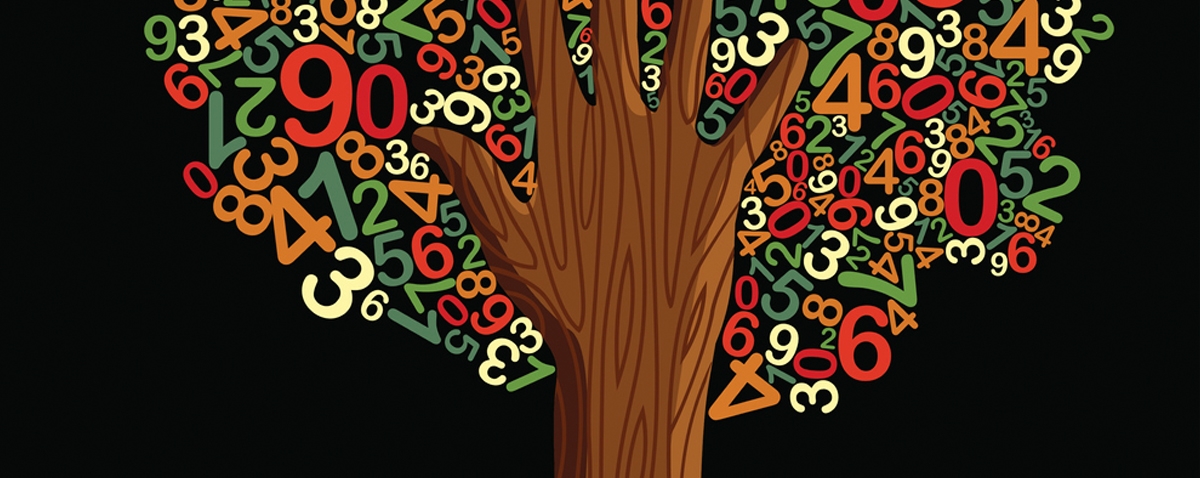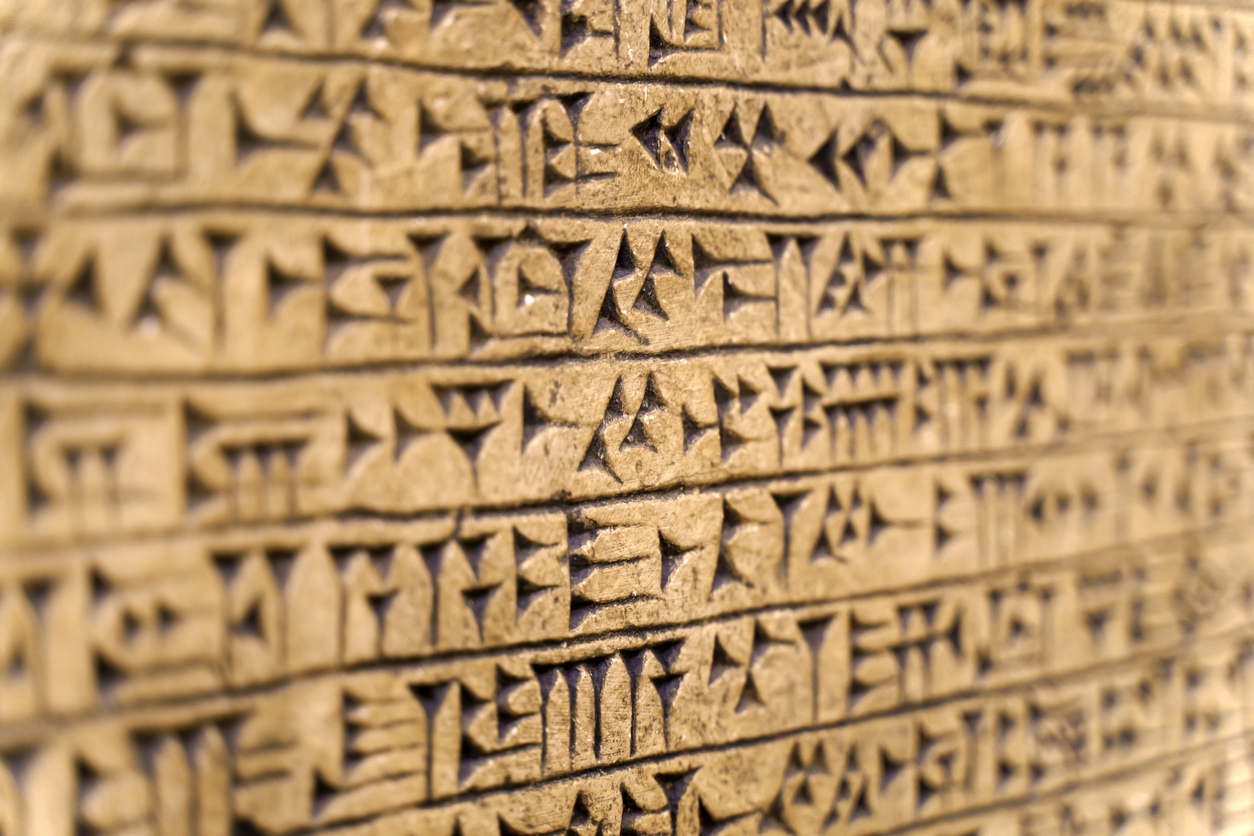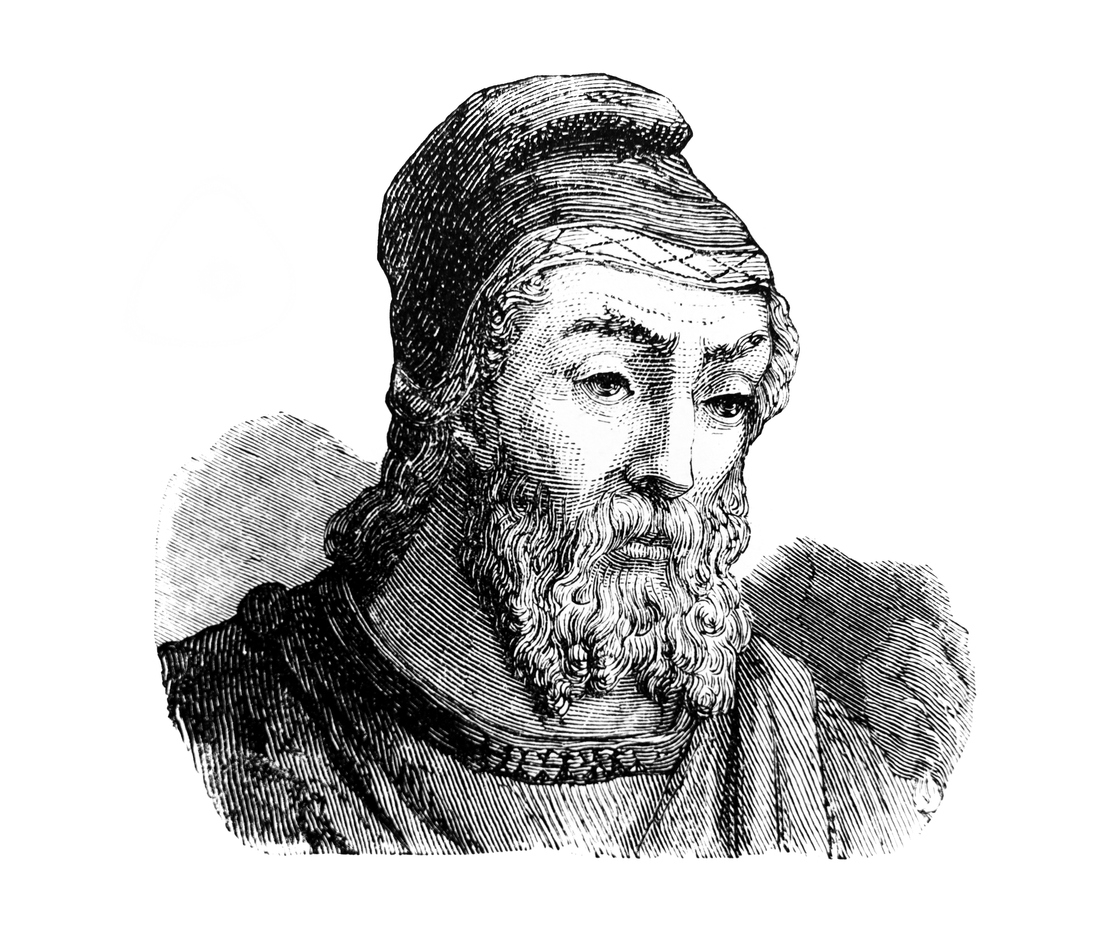In a world filled with numbers, mathematics stands as the universal language that underpins much of our daily existence. It’s not merely about solving equations or calculating percentages, mathematics encompasses the fundamental principles that govern our reality. In today’s fast-paced world, numbers and mathematics play a crucial role.
From the simplest calculations to complex algorithms, mathematics underpins various aspects of our lives. Whether you’re balancing your budget, planning a trip, or marveling at the wonders of the universe, the power of numbers shapes our lives in myriad ways. This article explores the intriguing world of mathematical facts and their profound importance in our everyday existence. From the mundane to the extraordinary, let’s uncover the hidden mathematical gems that enrich our understanding of the world around us.
Historical Glimpse
The study of numbers and their properties is an integral part of human history. Mathematics has evolved through different ages and civilizations, each contributing unique insights into numerical systems and mathematical concepts.
Ancient Number Systems
Before the familiar Arabic numerals we use today, there existed several number systems used by the ancient civilizations.
| Ancient Number Systems | Description |
| Egyptian Hieroglyphs | Symbols used for counting and measuring land and goods. |
| Babylonian Base-60 System | Base-60 numbering system with sixty distinct symbols. |
| Mayan Vigesimal System | Based on the number twenty, used for counting and time. |
Egyptian Hieroglyphs
While the explosion of the written word started from Mesopotamia, the ancient Egyptians also used hieroglyphics for their intricate writing and for counting. [1] Specific symbols represented numbers, and Egyptians employed this system for everyday tasks like measuring land and goods.
Babylonian Base-60 System
The Babylonians, renowned for their advanced mathematics, employed a base-60 numbering system. [2] It featured sixty distinct symbols, making it a versatile system for various calculations, including time measurement.
Mayan Vigesimal System
The Mayans of Mesoamerica devised a vigesimal numbering system, which means it was based on the number twenty. [3] This system utilized combinations of symbols for counting and tracking time, showcasing the Mayans’ mathematical prowess.
Mathematical Discoveries and their Pioneers
Throughout history, brilliant minds have made groundbreaking mathematical discoveries.
| Mathematical Discoveries | Pioneers and Their Contributions |
| Pythagoras and the Pythagorean Theorem | Introduced the Pythagorean Theorem in geometry. |
| Euclid’s “Elements” | Compiled the foundational work “Elements” in geometry. |
| Archimedes’ Contributions | Made significant contributions to calculus and physics. |
| Al-Khwarizmi and Algebra | Known as the “Father of Algebra” for his algebraic work. |
Archimedes’ Contributions
Archimedes, an ancient Greek mathematician, made substantial contributions to calculus and physics.[4] His work on the calculation of pi, the concept of buoyancy, and the development of infinitesimal calculus were groundbreaking in their time.
Pythagoras and the Pythagorean Theorem
Pythagoras, a Greek mathematician, introduced the Pythagorean Theorem. [5] This theorem relates to the relationship between the sides of a right triangle, a fundamental concept in geometry. This discovery revolutionized geometry and trigonometry, and is widely used in various applications today.
Euclid’s “Elements”
Euclid, a prominent ancient Greek mathematician, compiled a comprehensive mathematical work known as “Elements.” [6] This treatise laid the foundations of geometry and included a systematic presentation of mathematical proofs and theorems. His “Elements” defined the foundations of geometry and presented 13 books of propositions and proofs, still studied today.
Al-Khwarizmi and Algebra
Al-Khwarizmi, a Persian mathematician, is known as the “Father of Algebra.” He worked on solving linear and quadratic equations, laying the foundation for algebra. [7] His book “Al-Kitab al-Mukhtasar fi Hisab al-Jabr wal-Muqabala ” introduced algebraic methods and laid the foundation for modern algebra.
Intriguing Mathematical Facts
The world of mathematics is filled with captivating facts and phenomena that continue to baffle and inspire.
Mathematical Concept | Description/Significance |
Infinity | Concept of endlessness. Used in calculus and set theory. |
Golden Ratio | Irrational number approximately equal to 1.618. Found in art, architecture, and nature. |
Prime Numbers | Natural numbers greater than 1 that have no divisors other than 1 and themselves. |
Pi (π) | Irrational number representing the ratio of a circle's circumference to its diameter. |
Fibonacci Sequence | Series where each number is the sum of the two preceding ones (0, 1, 1, 2, 3, 5, 8, ...). |
Infinity and its Mysteries
Infinity, symbolized by ∞, is a concept that defies comprehension. Mathematicians use it to describe values that go on forever, such as the number line. [8] Yet, infinity comes in different sizes, leading to paradoxes and questions about its true nature.
The Golden Ratio and its Presence in Nature and Art
The golden ratio, approximately 1.6180339887, is a proportion found in countless aspects of nature, from seashells to sunflowers. [9] Artists and architects have long utilized it to create aesthetically pleasing compositions.
Prime Numbers and their Unpredictability
Prime numbers, like 2, 3, 5, and 7, are integers only divisible by 1 and themselves. Despite their simplicity, they remain one of mathematics’ most enigmatic subjects, with their distribution appearing random and unpredictable. [10]
Pi (π) and it’s Never-Ending Decimal
Pi, denoted as π, is the ratio of a circle’s circumference to its diameter. Its decimal representation, 3.1415926535…, extends infinitely without repeating. Mathematicians have calculated π to trillions of digits. [11]
The Fibonacci Sequence and its Applications
The Fibonacci Sequence, where each number is the sum of the two preceding ones (0, 1, 1, 2, 3, 5, 8, 13, …), appears in various natural phenomena, from the spirals of galaxies to the arrangement of leaves on plants. Its recursive nature fuels applications in mathematics and computer science. [12]
These mathematical facts showcase the beauty, complexity, and boundless nature of the numerical realm, reminding us of the profound role mathematics plays in our lives and the world around us.
Mathematics in Nature
Nature’s intricate designs often conceal mathematical marvels that underscore its beauty and complexity.
| Natural Phenomenon | Mathematical Patterns |
| Symmetry in Flora/Fauna | Bilateral symmetry in many animals and radial symmetry in some plants. |
| Fractals | Self-similar patterns and structures found in trees, ferns, and coastlines. |
| Spiral Patterns in Galaxies | Spiral galaxies like the Milky Way exhibit logarithmic spirals. |
Symmetry in Flora and Fauna
Symmetry, a mathematical concept, manifests in countless forms within the natural world. From the bilateral symmetry of a butterfly’s wings to the rotational symmetry of a four leaf clover, mathematics plays a silent but pervasive role in shaping life’s aesthetics. [13]
Fractals and Natural Patterns
Fractals, self-replicating geometric shapes, appear throughout nature. The branching pattern of trees, the coastline of a rugged shore, and the intricate structure of lungs all exhibit fractal qualities, demonstrating how mathematics echoes in the organic realm. [14]
The Spiral Patterns of Galaxies
When we gaze at the night sky, the spiral patterns of galaxies reveal an underlying mathematical order. These vast celestial structures follow the principles of spiral geometry, a testament to the mathematical harmony that governs the cosmos.
Nature’s connection to mathematics transcends our everyday perceptions, illustrating that the language of numbers is deeply woven into the fabric of our universe.
Mathematics and Probability
In the realm of mathematics, probability serves as a powerful tool that unravels intriguing puzzles and phenomena.
The Monty Hall Problem
This famous probability puzzle is named after the host of a game show. In the problem, a contestant is presented with three doors. Behind one door is a valuable prize, while behind the other two are goats. After the contestant makes their initial choice, the host, who knows what’s behind each door, opens one of the remaining two doors to reveal a goat.
The contestant is then given the opportunity to switch their choice to the other unopened door. Surprisingly, switching doors increases the probability of winning the prize, and this problem highlights the counterintuitive nature of probability.
The Birthday Paradox
This paradox explores the surprising likelihood of shared birthdays in a group. People are often surprised to learn that in a group of just 23 individuals, there’s a better-than-even chance that at least two people share the same birthday. [15] This phenomenon demonstrates how our intuitions about probability can be quite misleading.
Benford’s Law
Named after physicist Frank Benford, this mathematical principle states that in many datasets representing naturally occurring numerical values (such as populations, income figures, or lengths of rivers), the leading digits follow a specific distribution. The number 1 tends to appear as the first digit more often than other digits, followed by 2, 3, and so on. [16] This pattern is employed in various fields, including forensic accounting, where it can help identify irregularities or fraudulent data.
Cryptography and Number Theory
Mathematical principles are instrumental in the world of secure communication and encryption too.
The RSA Algorithm and Public Key Cryptography
| Process | Explanation |
| Key Generation | – A user generates a pair of keys: a public key (for encryption) and a private key (for decryption). |
| Encryption | – Sender uses the recipient’s public key to encrypt a message. |
| Decryption | – Recipient uses their private key to decrypt the encrypted message. |
The RSA algorithm, named after its inventors Rivest, Shamir, and Adleman, is a cornerstone of modern encryption. It relies on the mathematical properties of large prime numbers. The RSA algorithm’s security is based on the difficulty of factoring large composite numbers into their prime components.
In public key cryptography, each user has a pair of keys: a public key and a private key. The public key can be shared openly, while the private key is kept secret. Messages encrypted with the public key can only be decrypted using the corresponding private key. Its invention revolutionized secure communication on the internet and enabled secure online transactions.
The Enigma Machine and World War II
| Process | Explanation |
| Rotor Settings | – Initial settings of the rotors determine the encryption key. |
| Substitution (Encryption) | – Pressing a key activates a series of rotors that scramble the input letter to produce ciphertext. |
| Lampboard (Decryption) | – Reversing the process by typing the ciphertext reveals the original letter on the lampboard. |
The Enigma machine was a complex electromechanical device used by Nazi Germany during World War II to encrypt and decrypt secret messages. Breaking the Enigma code was a monumental cryptographic achievement by Allied cryptanalysts, including British mathematician Alan Turing. Understanding the mathematical principles behind Enigma’s encryption mechanism played a crucial role in deciphering enemy communications, contributing significantly to the Allied victory.
These historical examples highlight the vital role of mathematics, particularly number theory, in the field of cryptography and its impact on major events in history, including wartime intelligence and secure communications.
Conclusion
Numbers are not mere symbols but tools of immense power, driving technological advancements, scientific breakthroughs, and everyday decisions. They underpin our understanding of nature, help us unravel the mysteries of probability, and secure our digital interactions. The ubiquity of numbers in our lives is undeniable, touching every aspect of human existence.
Indeed, numbers are not confined to mathematicians and scientists alone, they are ubiquitous and significant for everyone. They illuminate the world’s mysteries, shape our understanding, and provide a framework for innovation in countless fields. Embracing the beauty and utility of mathematics, we unlock doors to innovation and unravel the mysteries of our universe, revealing that in numbers, we find both knowledge and wonder.
References
- Ancient Egyptian hieroglyphs overview (article). (n.d.). Khan Academy. https://www.khanacademy.org/humanities/ancient-art-civilizations/egypt-art/beginners-guide-egypt/a/ancient-egyptian-hieroglyphs-overview
- Why the 4,000-Year-Old Babylonian math base 60 system is still used. (2008, December 18). ThoughtCo. https://www.thoughtco.com/why-we-still-use-babylonian-mathematics-116679
- The Mayan numeral system | Mathematics for the liberal arts. (n.d.). Lumen Learning – Simple Book Production. https://courses.lumenlearning.com/waymakermath4libarts/chapter/the-mayan-numeral-system/
- Adhikari, S. (2022, March 31). Top 12 contributions of Archimedes. Ancient History Lists. https://www.ancienthistorylists.com/people/top-contributions-archimedes/
- Pythagoras contribution in mathematics. (2021, November 12). StudiousGuy – Your Study Buddy. https://studiousguy.com/pythagoras-contribution-in-mathematics/
- Elements of Euclid: The father of geometry. (2022, August 1). Unacademy. https://unacademy.com/content/upsc/study-material/general-awareness/elements-of-euclid-the-father-of-geometry/
- Algorithms, algebra & astronomy: Muhammad ibn Musa al-khwarizmi. (2023, May 25). Bayt Al Fann. https://www.baytalfann.com/post/algorithms-algebra-astronomy-muhammad-ibn-musa-al-khwarizmi
- Just a moment… (n.d.). Just a moment… https://www.mathnasium.com/sherwood/news/what-infinity-sher
- Horsley, P. (2021, July 20). The golden ratio in nature. Animal Thoughts. https://animalthoughts.com/the-golden-ratio-in-nature/
- The unexpected biases of primes. (2017, May 10). Kindness • Fathom Mag. https://www.fathommag.com/stories/the-unexpected-biases-of-primes
- Baylor math chair explains magic, mystery of π (Pi). (2023, March 8). Media and Public Relations | Baylor University. https://news.web.baylor.edu/news/story/2023/baylor-math-chair-explains-magic-mystery-p-pi
- Fibonacci sequence: Definition, how it works, and how to use it. (2003, November 20). Investopedia. https://www.investopedia.com/terms/f/fibonaccilines.asp
- Patterns in nature: Symmetry in animals and flowers. (2020, November 13). letting nature back in. https://naturebackin.com/2020/11/13/patterns-in-nature-symmetry-in-animals-and-flowers/
- 9 amazing fractals found in nature. (2013, April 24). Treehugger. https://www.treehugger.com/amazing-fractals-found-in-nature-4868776
- Science Buddies. (2012, March 29). Probability and the birthday paradox. Scientific American. https://www.scientificamerican.com/article/bring-science-home-probability-birthday-paradox/
- Murtagh, J. (2023, May 8). What is Benford’s law? Why this unexpected pattern of numbers is everywhere. Scientific American. https://www.google.com/amp/s/www.scientificamerican.com/article/what-is-benfords-law-why-this-unexpected-pattern-of-numbers-is-everywhere/%3famp=true





